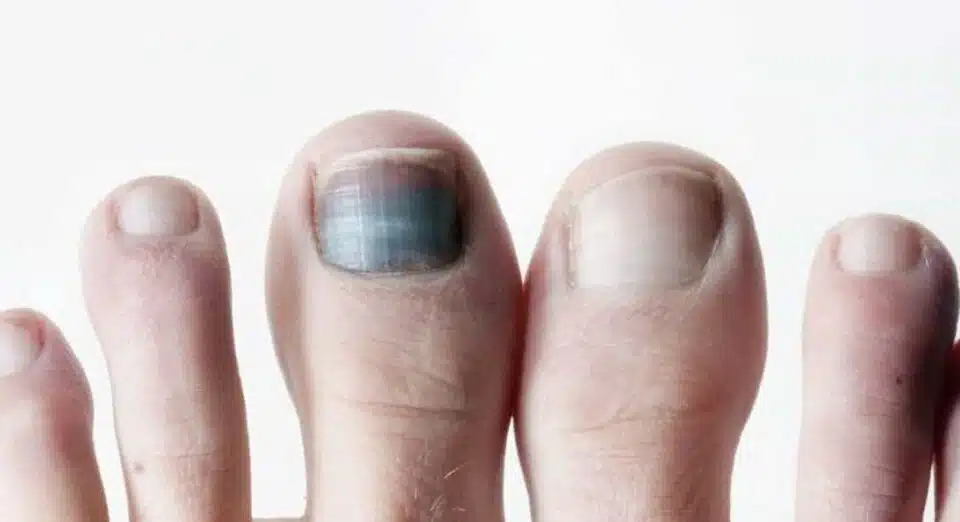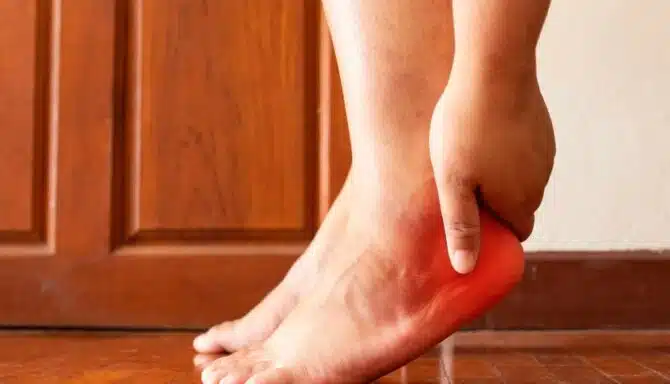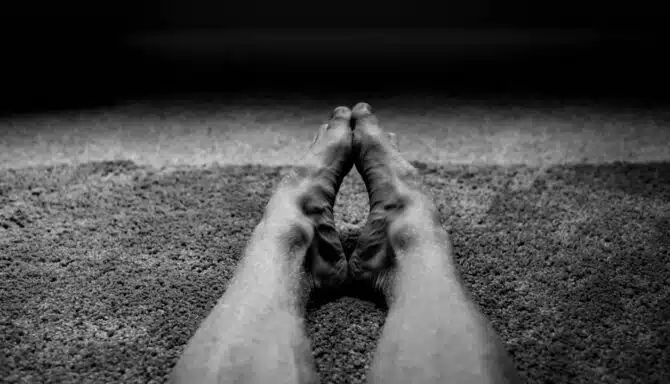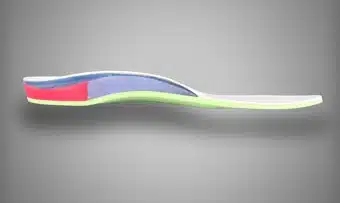Healthy toenails have a glassy, somewhat opaque appearance. The protective proteins of our toenails, called alpha-keratin, create this consistency. Together with the skin below it, healthy toenails should be pink. Sometimes, however, our toenails change colour and turn into black toenails. But why?
You may experience toenail discolouration from damage to the toenail itself or from damage to the skin below the nail bed. In both instances, a black spot may appear. This article will teach you more about black spots under toenails, different kinds of toenail discolouration, and treatments.
Should I be Worried About a Black Toenail?
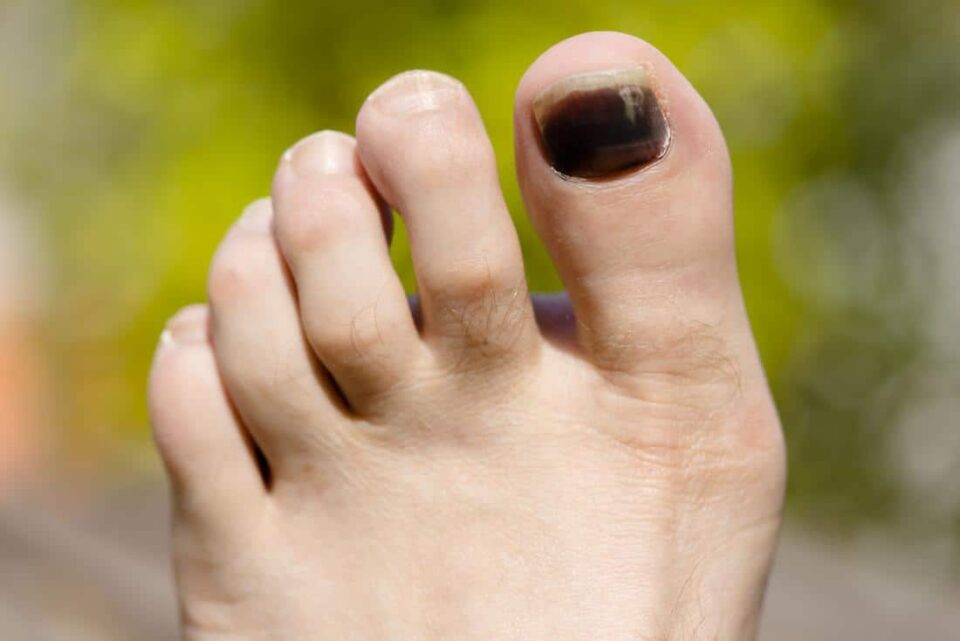
Black toenails are usually not a cause for alarm and can be treated.
Common Causes of Black Toenails
- A subungual hematoma is the most common cause of a black spot under your toenail. Trauma, whether acute or chronic, causes bruising that creates the black colour. Instances like running with ill-fitting footwear, stubbing a toe, or dropping an item on your toe are common culprits. Due to its length and weight-bearing role, your big toe is the most common toenail for a subungual hematoma. Your toenail may fall off entirely, or you may experience a small black spot. If the latter, you can trim off the black area as your nail grows out.
- You may associate a fungal infection with discolouration of the toenail. Although usually a yellow-green, your toenail may also turn black.
- In rare cases, ingrown toenails can cause a black toenail. This is usually related to a complication of a previous toenail treatment.
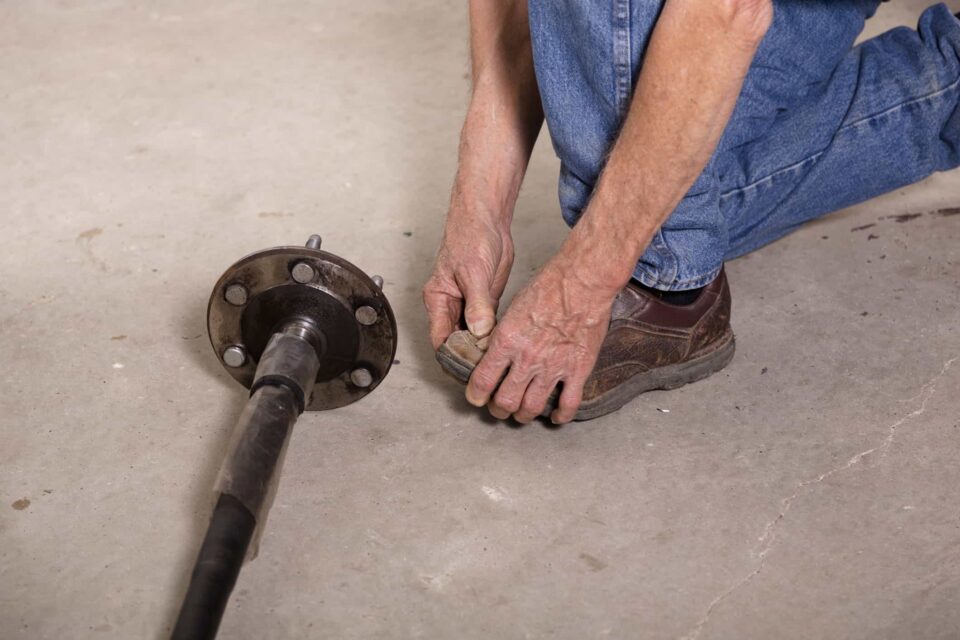
Rare and Severe Causes of Black Toenails
- Malignant melanoma can cause a black toenail. Cancer forms in the cells of our skin that give our skin colour, which causes a black spot.
- A B12 deficiency. B12 keeps your nails strong and healthy and a lack of it can result in a blackish tint.
- Kidney problems.
- Liver disease.
- Linear melanonychia can cause black and brown lines that run either with your toenail or horizontally across your toenail.
If you have concerns about the black spot under your toenail, book an appointment with a Toronto chiropodist.
How can I Treat a Discoloured, Black Toenail?
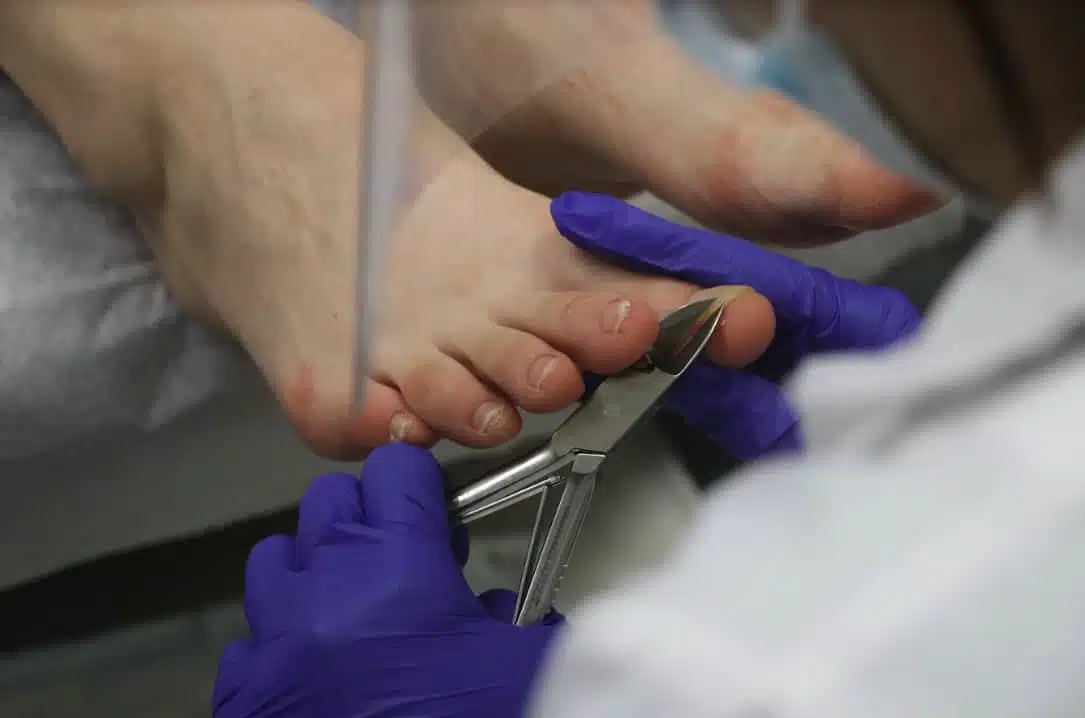
If you can easily determine the cause of a black toenail, for instance, you recently stubbed your toe, then at-home treatments (see below) are sufficient.
Let it Grow Out
If your toenail isn’t damaged or at risk of falling off, the most effective action is to let the toenail grow out. Expect to wait between 6-9 months, sometimes even up to 18, to allow your toenail to grow out thoroughly and to be able to trim the black area away.
Cover the Toenail
If your toenail falls off, you should cover any exposed parts of the nail bed for 7-10 days. Coat the area with a non-stick bandage and wait for the skin underneath to harden. Once the skin hardens, you can leave the nail and allow it to grow back.
Over-the-Counter Creams and Ointments
Ointments and creams are usually effective and can help treat fungal infections. You can also use a prescription antifungal treatment for severe cases of toenail infections.
Buy a New Pair of Shoes
If you have poorly-fitting shoes causing stress to your toenail, invest in proper footwear for your feet. A complimentary shoe fitting at Toronto’s Feet First Clinic can help you find the perfect pair. You can also check out these resources on how to look for great, comfortable shoes:
- Shock Absorption in Shoes: What is it and What you Need to Know
- Feet First Clinic’s Shoe Shopping Checklist
- Senior Shoe Shopping 2024
- Fashion Meets Function: Trendy Orthopedic Shoes for 2024
- Footwear and Fitness: Choosing the Right Shoes for Your Workout

